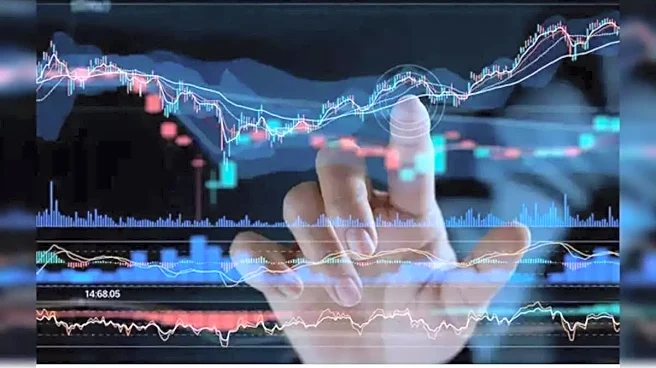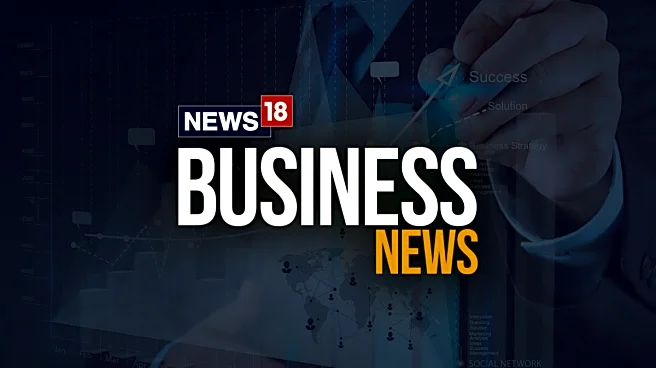Shares in Japan, South Korea and Australia all rose at the open. The S&P 500 rose 1.5% on Monday, and the Nasdaq 100 added 2.2%. The MSCI All Country World Index had its best day since late June and a Bloomberg gauge of commodity prices rose to the highest level since August 2022. An index of the dollar weakened on Monday, while gold and Bitcoin rallied.
Gains for US stocks were accompanied by declines in Treasuries as the White House expressed support for the bipartisan deal to end the shutdown, a key development that makes it likely the government will reopen within days. Separately, President Donald Trump also floated the idea of paying a $2,000 tariff “dividend” to US citizens.
The cross-asset moves signalled that investors were willing to return to riskier areas of the market after the recent selling in technology stocks, driven by concerns over lofty valuations. Many are betting that reopening the government will restore the flow of key economic data on jobs and inflation, providing greater clarity on the Federal Reserve’s policy path.
“Reopening would not only boost sentiment but also open the way for data releases, which could provide more insight into the health of the US jobs market and, more broadly, the US economy ahead of next month’s Federal Reserve interest-rate decision,” said Fiona Cincotta at City Index.
Elsewhere, Japanese Prime Minister Sanae Takaichi aims to use her first stimulus package to jump-start the economy and initiate a new growth strategy through investment in key industries.
Indian assets will also be in focus as Trump also indicated he would reduce the tariff rate on Indian goods “at some point,” and that the US was “pretty close” to a trade deal with New Delhi.
Back to the US government reopening, historical precedent from the 2013 shutdown suggests that September’s employment report could be among the first to hit the wires, potentially within three business days of reopening, according to Jim Reid at Deutsche Bank.
Assuming the government reopens and statistics start moving again, Fed officials will still be confronted with data compiled via retroactive surveys and other methods — if the figures are published at all. And while several private-sector reports on the job market are helping to fill the void of official data, alternatives to government inflation figures are harder to come by and more limited in scope.
Read Also: Donald Trump says making a 'fair trade deal' with India, will bring tariffs down 'at some point'
/images/ppid_59c68470-image-176282507540422263.webp)

/images/ppid_59c68470-image-176281756987836078.webp)






/images/ppid_59c68470-image-176273762066096686.webp)



